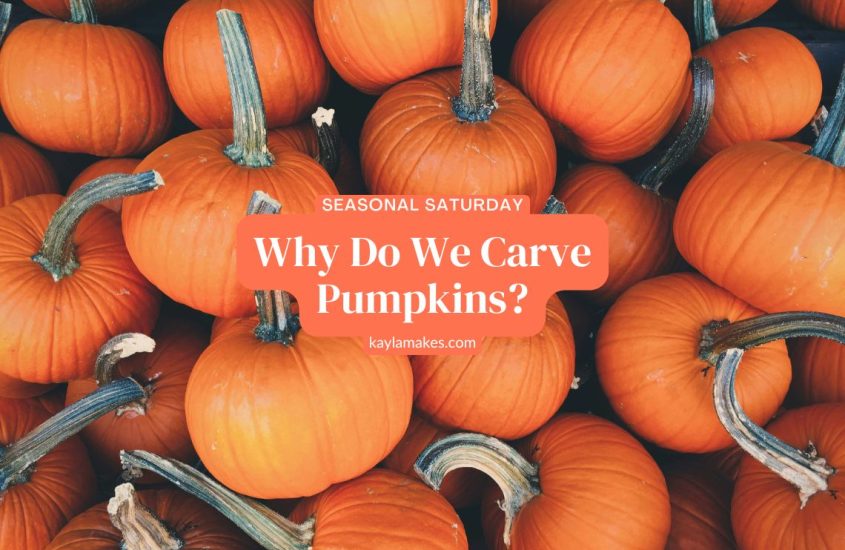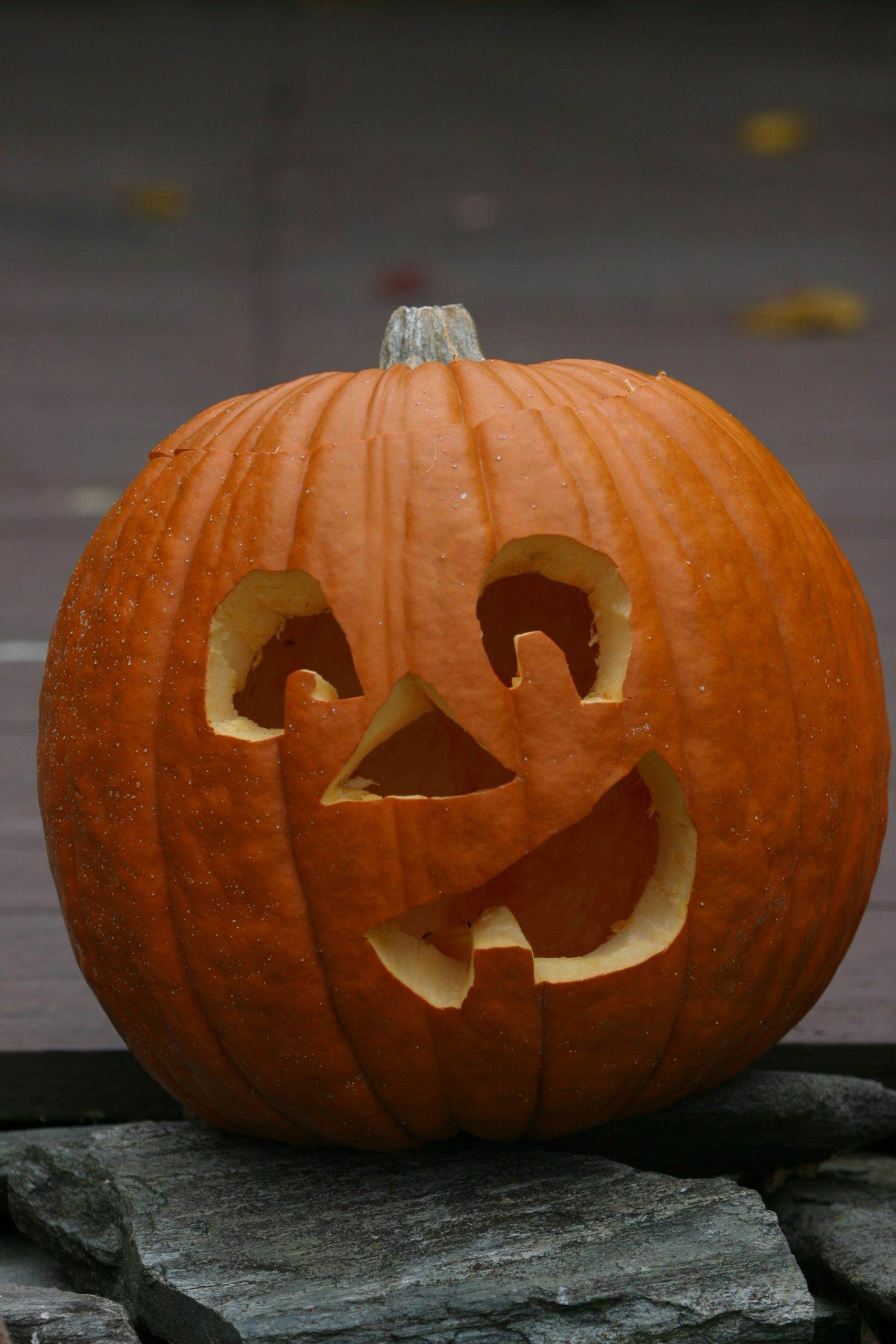Why Do We Carve Pumpkins?

Have you ever wondered where the tradition of pumpkin carving began? I recently dug into the origins of this seasonal tradition and found it really interesting, so I wanted to share.
The Myth of Stingy Jack
The tradition of pumpkin carving, known as “jack-o’-lanterns” actually originated in Ireland. It began with the Irish myth of “Stingy Jack,” a man who tricked the devil and was doomed to wander the Earth with only a carved turnip and a burning coal to light his way.
Jack’s Nature:
According to the myth– Jack was a notorious drunkard and trickster, known for his cunning and deceitful ways. Because of his behavior, he was nicknamed “Stingy Jack.” One night, Jack encountered the devil in a pub. True to his nature, Jack tricked the devil into paying for his drink by offering his soul in exchange. Jack convinced the devil to transform into a coin to pay for the drinks, but instead of using the coin to pay, Jack kept it in his pocket next to a silver cross, which prevented the devil from changing back into his original form. Jack eventually released the devil on the condition that the devil would not bother him for one year and would not claim his soul if he died within that year.
The next year, Jack encountered the devil again. This time, he tricked the devil into climbing a tree to pick a piece of fruit. While the devil was up in the tree, Jack carved a cross into the tree’s bark, trapping the devil. Jack then made the devil promise not to bother him for ten more years.
Eternal Wanderer:
Eventually, Jack died. Because of his sinful life, God would not allow him into heaven. The devil, still upset by Jack’s tricks and honoring his promise not to claim Jack’s soul, would not let him into hell. With nowhere to go, Jack was doomed to roam the earth as a restless spirit. The devil gave Jack a burning coal to light his way. Jack placed the coal inside a hollowed-out turnip, creating a makeshift lantern.
In Ireland and Scotland, people began carving scary faces into turnips or potatoes and placing them in windows or near doors to frighten away Stingy Jack and other wandering spirits. When Irish immigrants arrived in America, they found that pumpkins, a native fruit, were larger and easier to carve, leading to the modern tradition of pumpkin carving! Super silly, right?

Next time you carve a pumpkin, share the myth of stingy Jack and tell everyone how the tradition of pumpkin carving began!







